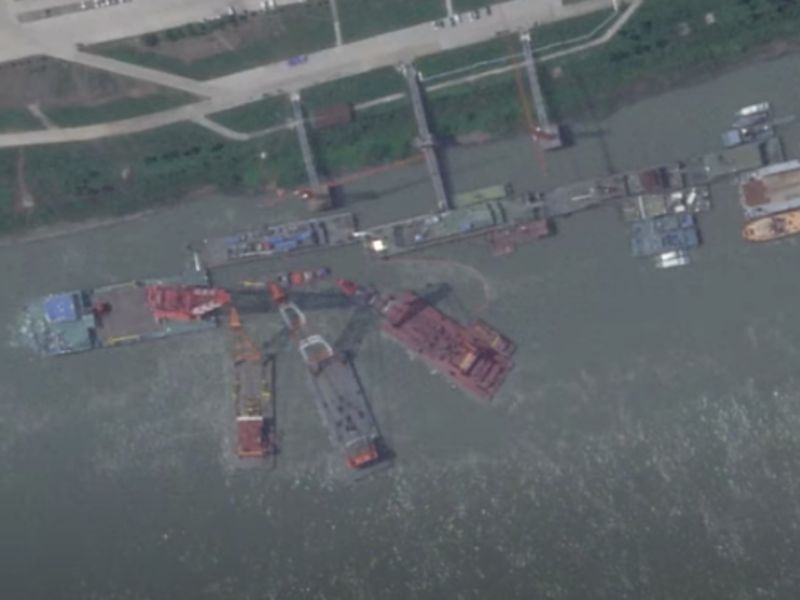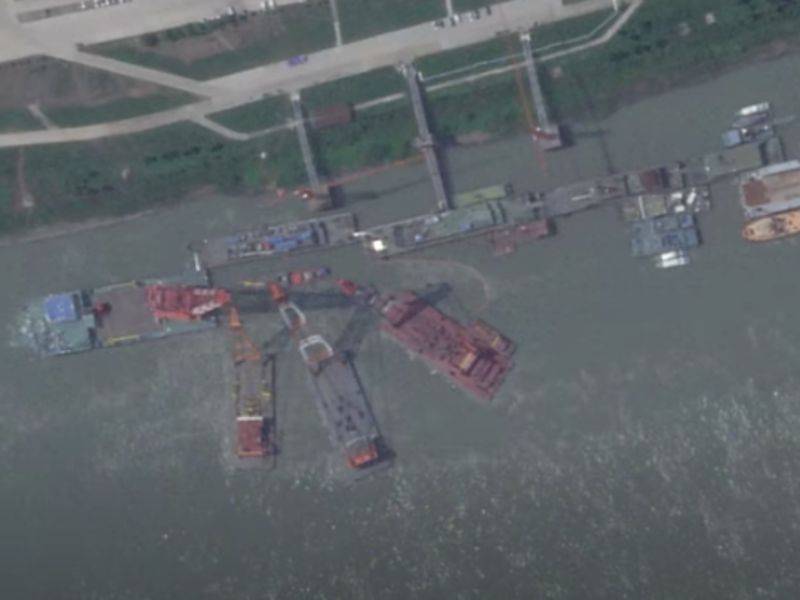
China’s newest nuclear-powered attack submarine sank earlier this year in a potential setback for Beijing’s military ambitions, a senior U.S. defence official revealed on Thursday (September 26). This incident raises concerns about the safety and quality of China’s rapidly expanding naval force.
China already has the largest navy in the world, with over 370 ships, and it has begun production of a new generation of nuclear-armed submarines, reports Reuters.
The submarine sank alongside a pier sometime between May and June, according to the US official, who spoke on condition of anonymity. The incident occurred at the Wuchang shipyard, as evidenced by satellite imagery showing cranes at the site in June.
The cause of the sinking and whether the vessel was carrying nuclear fuel at the time remain unclear. A Chinese embassy spokesperson in Washington stated they had no information to provide on the matter.
Transparency concerns
The Wall Street Journal, which first reported the news, cited experts suggesting the submarine was likely carrying nuclear fuel. The report also mentioned large cranes seen in satellite imagery from early June, potentially indicating an attempt to salvage the vessel.
The US official expressed concern about the incident, stating, “In addition to the obvious questions about training standards and equipment quality, the incident raises deeper questions about the PLA’s internal accountability and oversight of China’s defence industry – which has long been plagued by corruption.”
Setback for China’s military modernization
The sinking marks a significant setback for China’s ambitious military modernization plans, particularly its goal of surpassing the US as a dominant naval power. China has been steadily increasing its military spending, with a focus on expanding its navy.
The Journal reported that China attempted to cover up the sinking, which had not been previously disclosed. This contrasts with recent praise from the Pentagon for China’s transparency in providing advanced notification of an intercontinental ballistic missile test launch.
China’s growing submarine force
According to a Pentagon assessment, China currently operates 12 nuclear-powered submarines and 48 diesel-powered submarines. The country aims to have 65 submarines by 2025, highlighting its commitment to naval expansion.
The news about the capsized Chinese nuclear submarine on Thursday came a day after China reported a successful launch of an intercontinental ballistic missile into the Pacific Ocean.
Taiwan’s Defence Minister Wellington Koo stated that they “have a grasp of the situation through multiple intelligence and surveillance methods” but did not provide further details.
This incident highlights the challenges and risks associated with China’s rapid naval expansion and underscores the importance of transparency and safety in military operations.
The United States and China held theatre-level commander talks for the first time earlier this month amid efforts to stabilize military ties and avoid misunderstandings, especially in regional hotspots such as the South China Sea.





